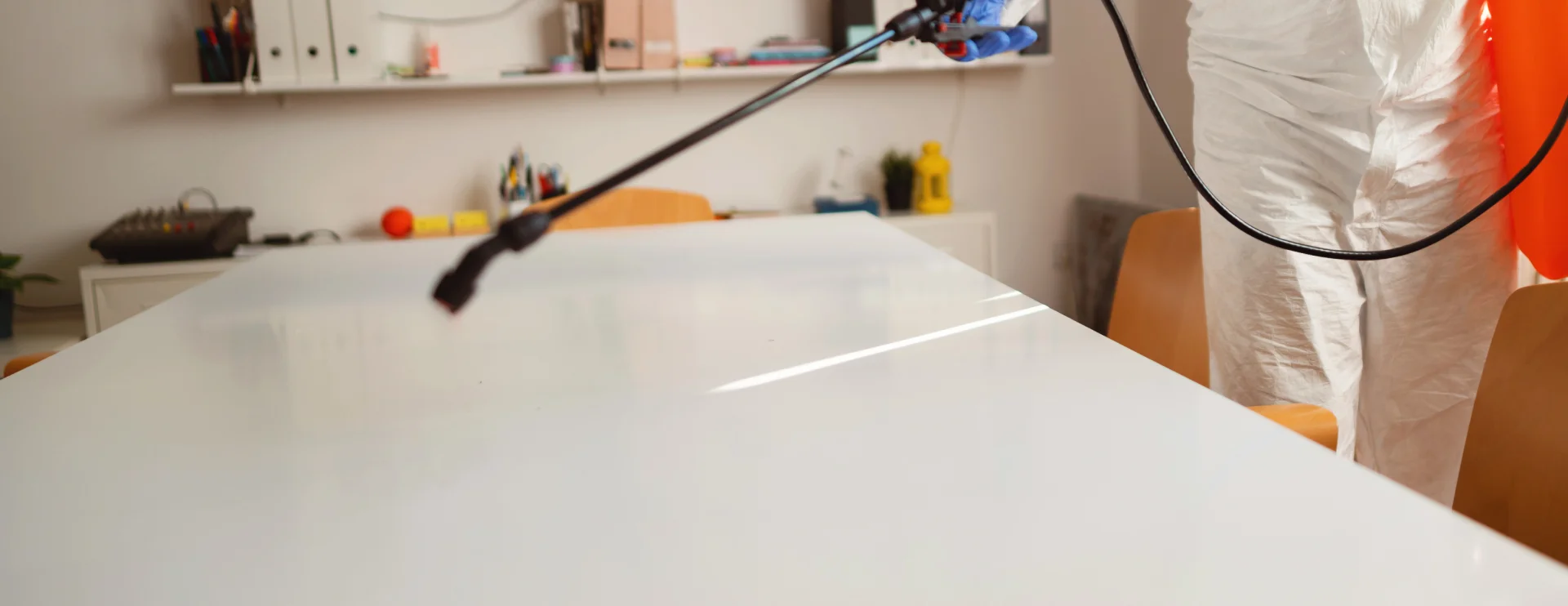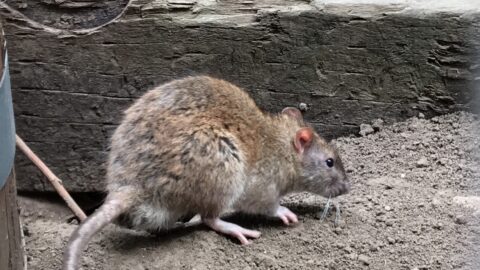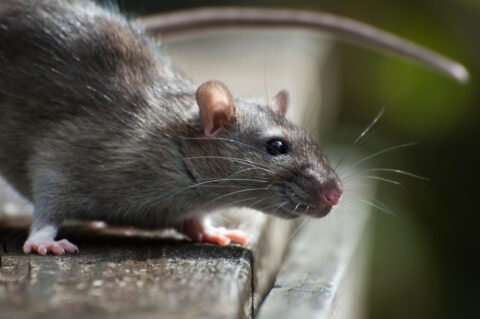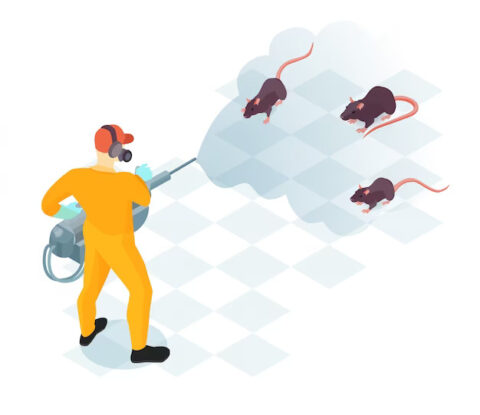Mice have an incredibly keen sense of smell that helps them locate food, even tiny amounts like crumbs or stains. Their strong sense of smell is paired with a natural curiosity, leads them to explore various scents in their environment. So we set traps that usually work.
If mouse traps aren’t working, there could be several reasons why. Here are some common issues:
- Wrong Placement: Mice typically travel along walls and avoid open spaces, so traps placed in the middle of rooms are less effective. Place traps along walls, in corners, and near areas where you’ve seen droppings or gnaw marks.
- Human Scent on Traps: Mice are cautious of unfamiliar scents. If they detect a human scent on the trap, they may avoid it. Wearing gloves when handling traps can help reduce this.
- Insufficient Bait or Incorrect Bait: Mice may ignore traps if the bait isn’t appealing or if there’s too much bait that they can steal without setting off the trap. Use small amounts of highly attractive baits like peanut butter, chocolate, or nuts.
- Trap Type: Some types of traps are more effective than others, depending on the mouse behavior and location. Snap traps work well in open spaces along walls, while enclosed or bait station traps are better for areas with children or pets.
- Trap Sensitivity: Some traps may not be sensitive enough, especially with smaller or lighter mice. Using newer traps or testing their sensitivity before setting them can improve success rates.
- Abundant Food Sources Nearby: If there’s easily accessible food in your home, mice might ignore trap bait. Reducing available food sources—like securing food in airtight containers and cleaning up crumbs—will make trap bait more enticing.
- Trap Avoidance Behavior (Trap Shyness): Mice can become wary of traps, especially if they’ve had a near-catch experience or observed other mice getting caught. Changing trap types or locations may help overcome this.
- Insufficient Number of Traps: If you only use one or two traps, you might miss some mice. Placing multiple traps along common pathways increases your chances of capturing them.
- Too Much Disruption or Activity: Mice are more likely to come out when it’s quiet. If there’s a lot of activity near the traps, mice might avoid the area altogether.
Making small adjustments to trap placement, type, or baiting strategy can greatly improve your success.
The best baits for mouse traps are foods with strong scents or high-fat and sugar content that are irresistible to mice. Here are some top options:
- Peanut Butter: Its strong smell and stickiness make it ideal since mice can’t easily grab it and run off.
- Cheese: While it’s a classic, it’s not as effective as other options. Still, the pungent smell of aged cheeses can attract mice.
- Chocolate: Mice love sugary, high-calorie foods, and chocolate’s aroma is especially enticing.
- Nuts and Seeds: Sunflower seeds, walnuts, or hazelnuts work well because they’re natural foragers for seeds.
- Bacon or Bacon Grease: The high-fat and strong aroma make bacon a mouse magnet.
- Fruit Slices: Fresh or dried fruit (like apples or raisins) has a sweet smell that’s appealing to mice.
- Pet Food: Dry dog or cat food often attracts mice, especially if it’s left out overnight.
To increase your chances of catching a mouse, use just a small amount of bait (about pea-sized) to make them work for it, ensuring they stay near the trap. At the same time, keeping food in sealed containers, promptly cleaning up spills, and regularly washing anything with food stains can help deter them from searching for snacks around the house. If you’re having difficulty trapping rodents, call the experts at Buffalo Exterminators today.






